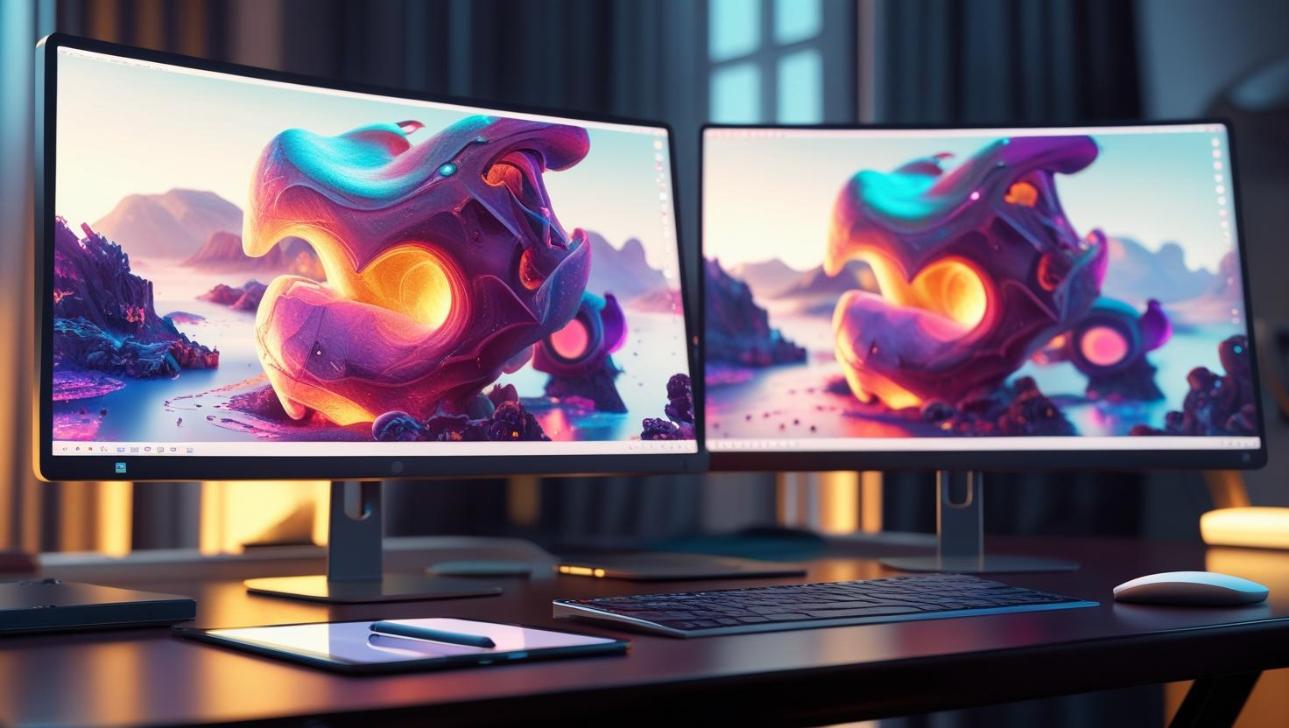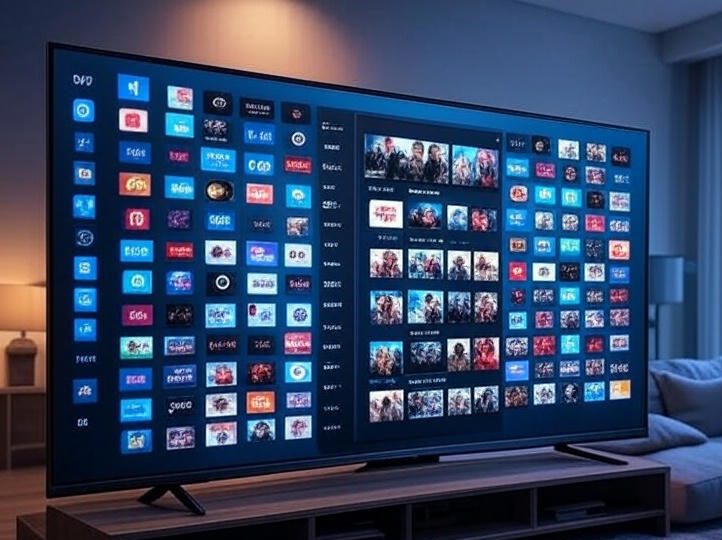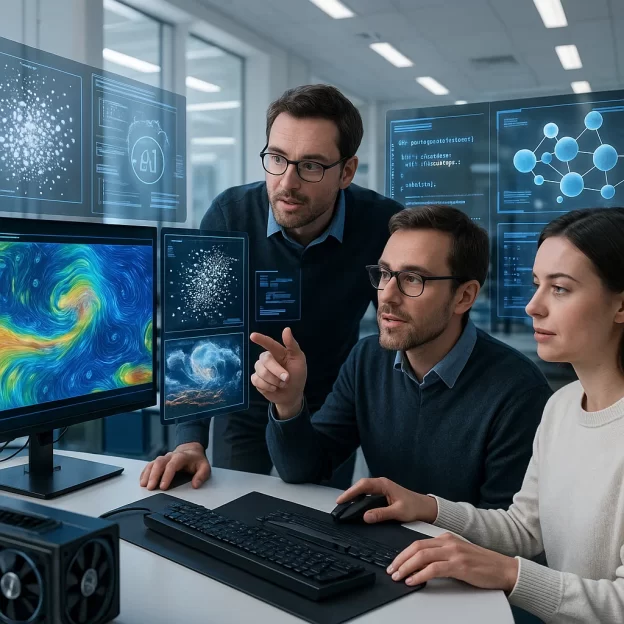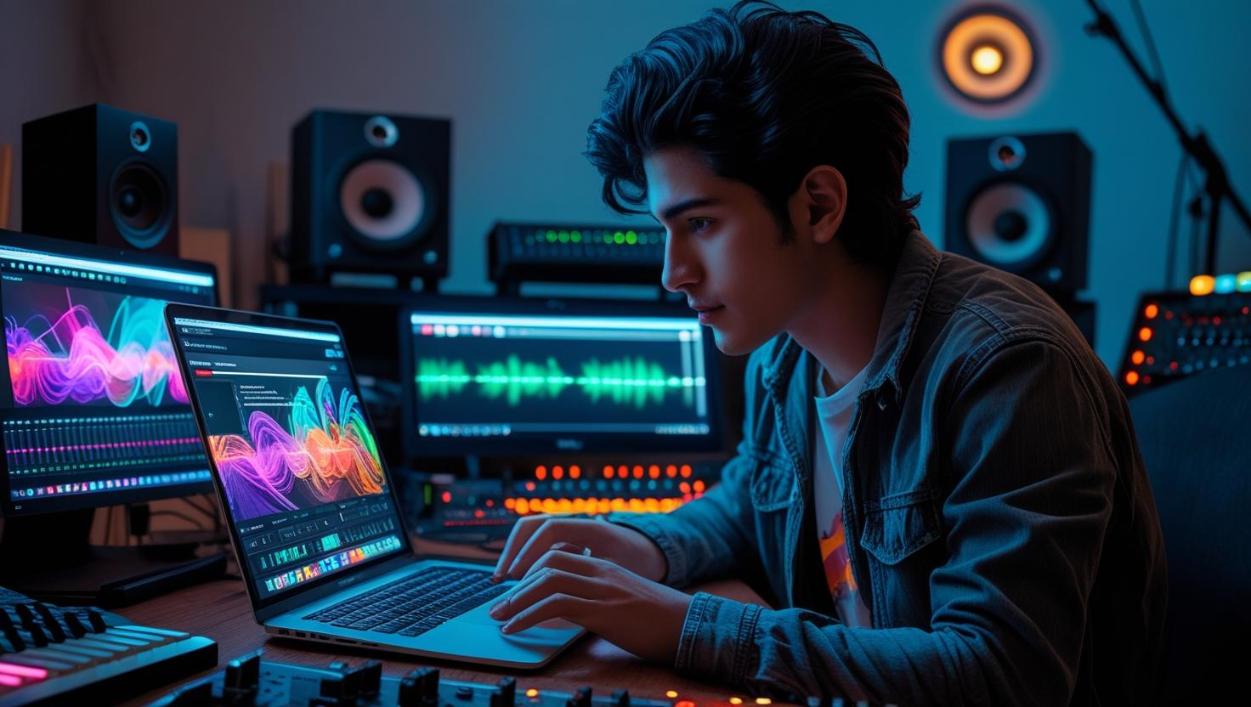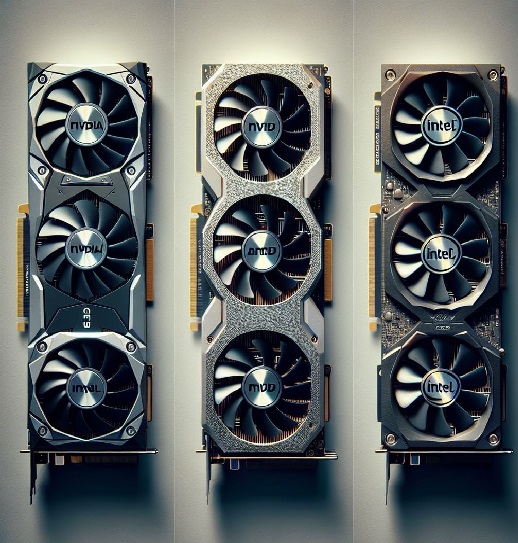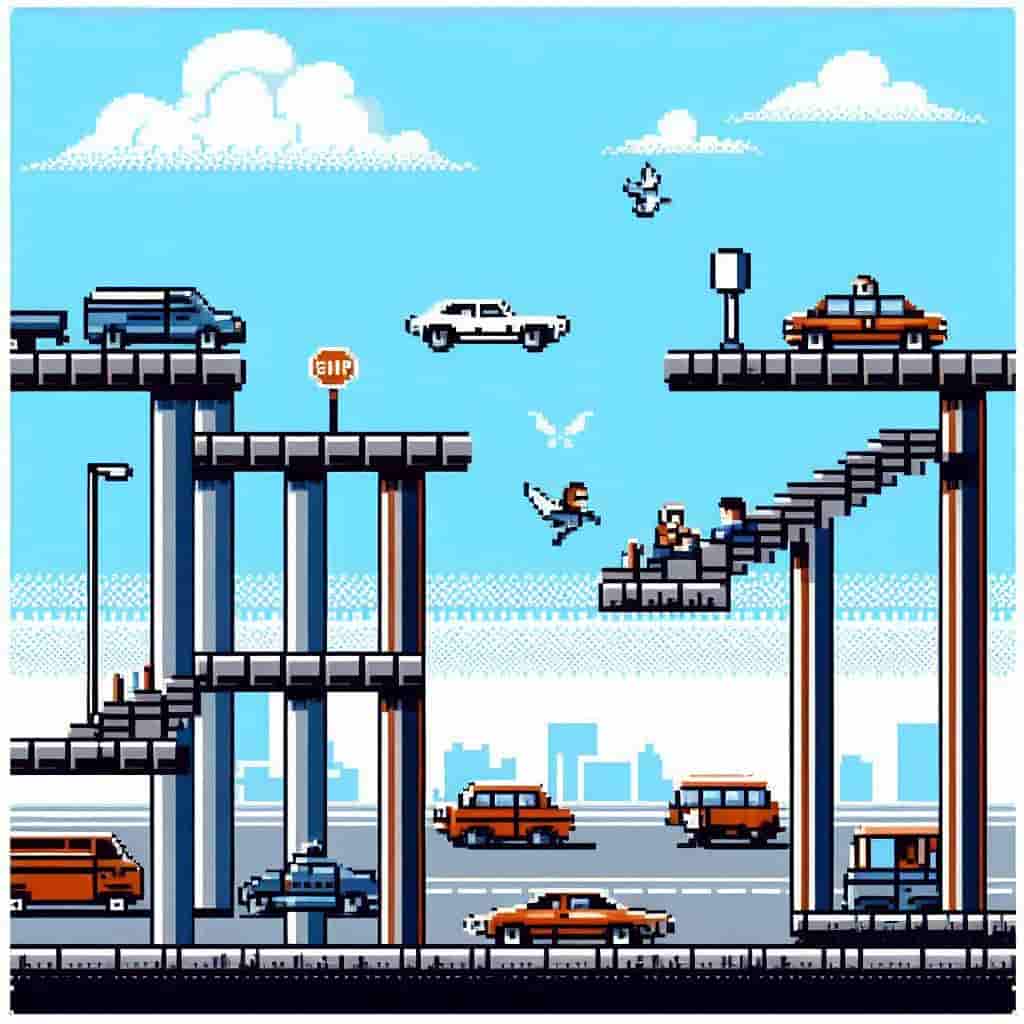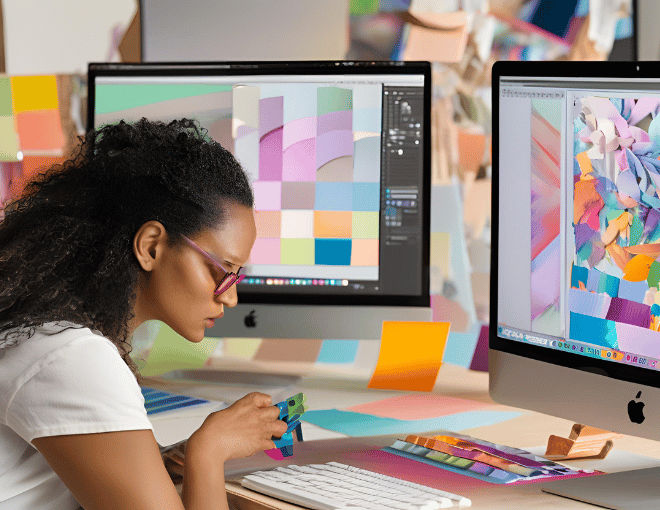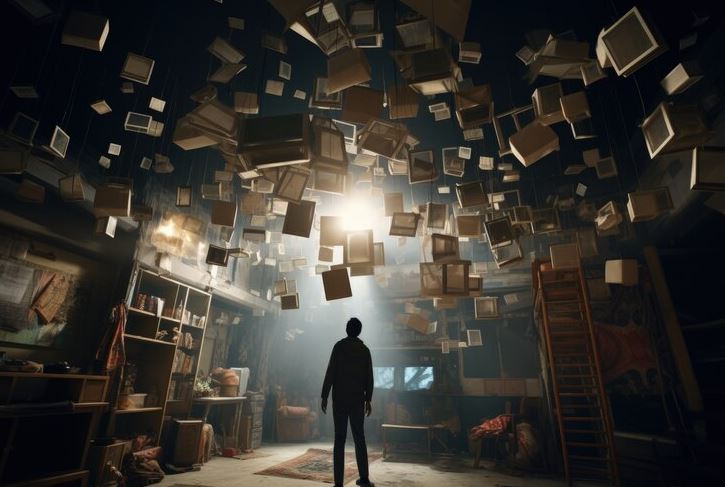Computer Graphics Firms Are Scoring Big with the Latest SEO Tool Deals
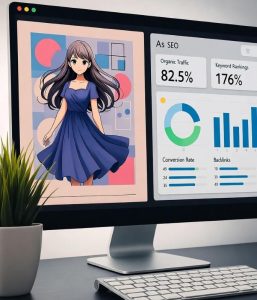
More than 60% of creative agencies say online visibility determines their client conversions. For computer graphics firms, this fact hits harder than ever. A stunning portfolio is no longer enough to stay ahead. What matters is how well that creativity reaches an audience online, and that’s where SEO tools come in. These tools give designers and visual storytellers the visibility they need to shine beyond their artboards.
Smaller agencies are especially benefiting from one particular innovation, the SEO tool deal. It allows them to access powerful analytics and keyword tools without draining budgets on high-end subscriptions. For digital artists running boutique studios, this is a game changer. It means more time refining their art and less time worrying about monthly costs. With this approach, even small players can now compete with established firms in online rankings.
The Growing Role of SEO in Computer Graphics
Design-driven businesses once relied heavily on word-of-mouth or creative showcases to find clients. Today, that approach has shifted to the web. A computer graphics firm must rank well on search engines to attract new collaborations and contracts. Whether they’re offering 3D modeling, animation, or motion graphics, appearing on the first page of results makes a major difference in how potential clients perceive credibility.
With better SEO, a studio can turn casual visitors into loyal customers. Think of SEO as digital framing for your artwork, it presents your talent in the best possible light. It helps agencies understand what clients search for, what terms resonate, and how to adapt their content strategy. And when this data comes affordably through a group purchase or shared access, the value multiplies.
How SEO Tool Deals Are Changing the Game
Traditional SEO software subscriptions can be expensive, especially for start-ups and freelancers. Monthly costs often run into hundreds of dollars. The emergence of SEO tool deals has made premium data and keyword insights accessible to creative professionals on tighter budgets. This model works through group access, letting multiple users share a single premium account at a fraction of the cost.
- Affordable insights: Firms get keyword research and backlink analysis using tools such as backlinks monitor platforms without full subscription costs.
- Collaboration made easy: Multiple team members can work together on campaigns.
- More creative freedom: Lower costs mean more funds can go toward production, design, or client engagement.
These deals don’t just save money, they level the playing field. When a small graphics team has access to the same analytics tools as a global agency, skill and creativity become the real differentiators. This pushes the industry toward fairer competition based on quality work rather than budget power.
Practical Ways Graphic Firms Can Use SEO Tools
For computer graphics professionals, SEO tools do more than just track rankings. They provide insights into content creation, website optimization, and audience behavior. Here’s how studios are using them:
- Portfolio optimization: Using keyword insights to title and describe works so they show up in relevant searches.
- Blog content strategy: Writing about trends in animation or design techniques based on what users search for most.
- Competitor analysis: Identifying which design firms rank highest and learning from their content strategies.
- Client reporting: Providing data-backed reports to show how visual content boosts client visibility.
One agency owner described it best: “The right SEO tools give our creative projects a louder voice. It’s like giving your designs a megaphone on the internet.” Such feedback echoes throughout the design community, where visibility has become as crucial as artistic talent.
The Competitive Edge for Creative Agencies
By embracing cost-effective solutions like the SEO tool deal, creative firms are redefining their digital presence. They no longer depend on expensive agencies or consultants to get found online. Instead, they’re taking control of their visibility, fine-tuning strategies, and crafting content that resonates with potential clients.
SEO tools bring measurable results. A boost in website ranking leads to more organic traffic. Better traffic leads to inquiries, and inquiries often turn into contracts. For visual agencies, this chain reaction translates directly into growth. When analytics and artistry align, the result is both beautiful and profitable.
Final Thoughts: Creativity Meets Strategy
The fusion of creativity and analytics is reshaping the future of computer graphics. As the competition intensifies, every design firm, large or small, must find smarter ways to stay visible online. Affordable access through an SEO tool deal makes that possible. It empowers studios to channel data-driven insights into artistic strategies without compromising their budgets.
By mastering both visual storytelling and SEO strategy, modern graphics firms are scoring big. And that success isn’t just measured in pixels or followers, it’s reflected in growth, recognition, and long-term creative impact.
